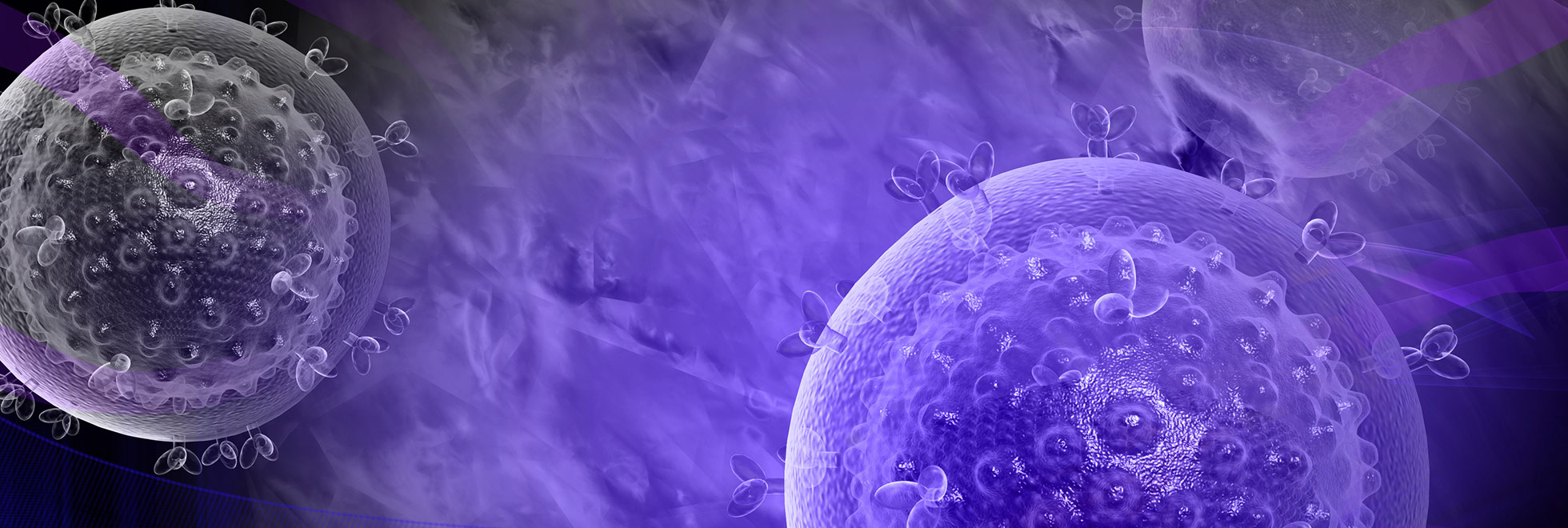Research News 7

Research News
-
The Not-So-Latent Reservoir
amfAR-funded researchers use an innovative new technique that is advancing our understanding of the HIV reservoir.
-
When U.S.-Based Studies Don’t Measure Up
Study finds that Ugandans with HIV have smaller, but more genetically diverse reservoirs within individuals than for participants with HIV in the U.S.
-
Has the “Shock and Kill” Approach Been Revived?
A combo of a novel latency-reversing agent and natural killer cells shows promise in making the HIV reservoir a visible target.
-
Tracing the Unique Immune Footprints of Elite Controllers
Researchers study the mechanisms that enable a small group of people to naturally suppress HIV.
-
Can Long-Term Treatment Lead to ART-Free Control of HIV?
Background In early December 2021, amfAR convened a think tank of 15 researchers to address this tantalizing possibility. The question follows on the heels of a number of recent findings made by Drs. Xu Yu of the Ragon Institute of MGH, MIT and Harvard, and Mathias Lichterfeld of Brigham and Women’s Hospital in Boston, who…
-
Stem Cell Transplants and the CCR5 Mutation
Interrupting antiretroviral therapy (ART) after stem cell transplant using donor cells lacking CCR5 mutation can lead to acute complications from HIV rebound.
-
Researchers Report New Case of Spontaneous HIV Cure
A woman in Argentina has become only the second documented person whose own immune system appears to have cured her of HIV.
-
Keeping Dormant HIV Dormant
Researchers aim to find out if safe and effective drugs can be developed to permanently suppress the HIV reservoir.
-
Why Do Some Elite Controllers Stop Controlling HIV?
A small minority of people living with HIV can suppress their viral load to levels at which the risk of HIV transmission and disease development are very low—all in the absence of antiretroviral therapy.
-
Another HIV Vaccine Failure – What HIV and COVID Can Teach Each Other
At the end of the roughly four-year study, there were no significant differences in HIV acquisition between those who received the vaccine and those who got placebo.
-
A Promising, “Unusual” Approach to Targeting HIV Spike Protein
A series of monoclonal antibodies were generated from rabbits immunized with a chemically stabilized form of the gp120/gp41 trimer.
-
amfAR Grants Explore Gene Therapy Approaches to HIV Cure
Newly funded research teams deploy powerful CRISPR gene-editing and CAR T cell strategies to home in on HIV reservoir, the main barrier to a cure.
-
Predicting Post-Treatment Control Before It Happens
Dr. Mohamed Abdel-MohsenThere is a pressing need for identification of blood tests that could help predict the likelihood of HIV remission after stopping antiretroviral therapy (ART) in the setting of HIV cure trials.
-
Mimicking CD4: A Bait and Switch Approach to Immunotherapy
This month we focus on another form of immunotherapy, also with the potential to facilitate eradication of HIV reservoirs as part of an HIV cure strategy.
-
CAR Cells, Revved Up
hen sought to determine if those cells could be enhanced with improvements on three fronts: 1) an increased ability to differentiate into mature, HIV-fighting cells; 2) enhanced resistance to infection and destruction by HIV; and 3) with improved anti-HIV capabilities.